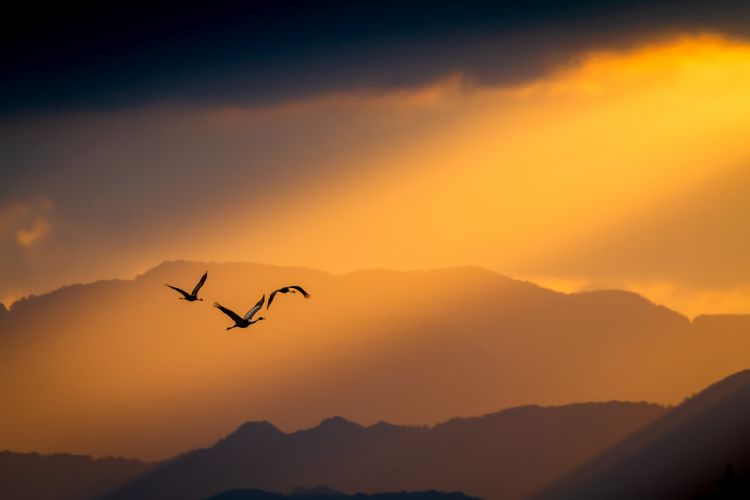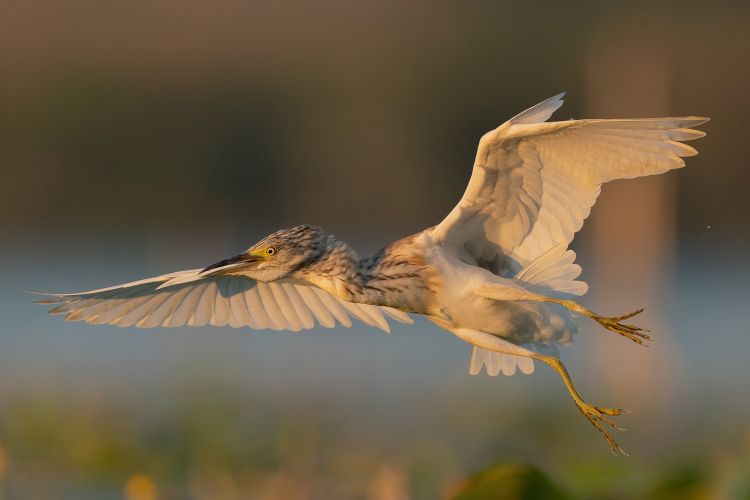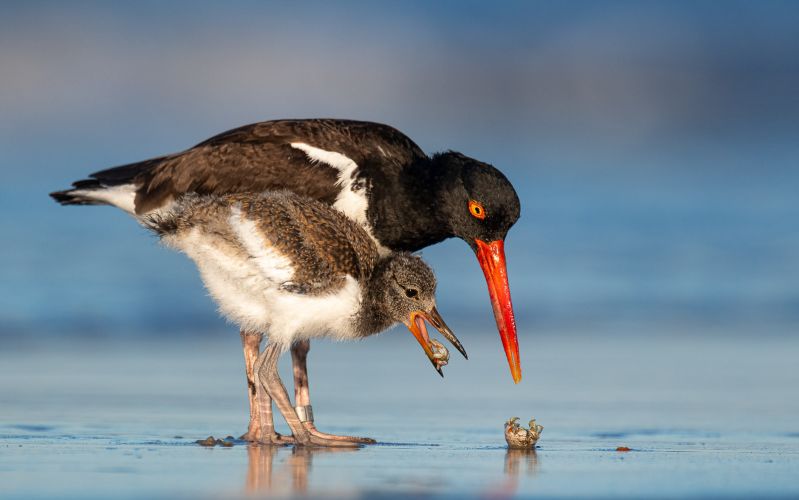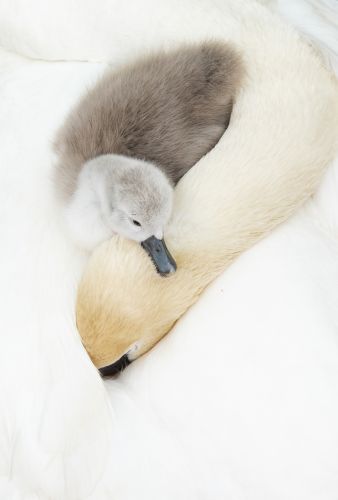
Wildlife photography can be one of the most difficult, and most rewarding genres for photographers. Spending hours, days, sometimes even years just trying to get that one perfect moment. It takes a lot of patience and practice to get right and the finalists for this year’s Bird Photographer of the Year Awards demonstrate that exceptionally. The competition is open to photographers of all skill levels and is based in the United Kingdom.
Now in its 6th year, the world’s premier bird photography competition saw over 22,000 entries from 73 different countries all competing for the £5,000 (about $6,900 US), grand prize. BPOTY is a strong supporter of conservation, providing financial support for grassroots projects through our partner charity Birds on the Brink, (www.birdsonthebrink.co.uk).
This selection is a sneak preview of what is still to come, with the winners being announced on the 1st September 2021.
“This year we saw an incredible 22,000 entries into the competition, with images coming in from all over the world,” said Will Nicholls, wildlife cameraman and Director at Bird Photographer of the Year. “The standard of photography was incredibly high, and the diversity in different species was great to see. Now the judges are going to have a tough time deciding the winner of the competition!”
Published by William Collins, Collection 6 is a hardback, coffee-table book featuring the best images from the 2021 competition. Across 256 pages, this book will be filled with stunning images to inspire any keen bird photographer. The book is currently available to pre-order on the birdpoty.com website.
View The 2021 Competition Finalist Images Below






























Category details can be found here and the list of prizes available here.
*Content shared with permission





Get Connected!